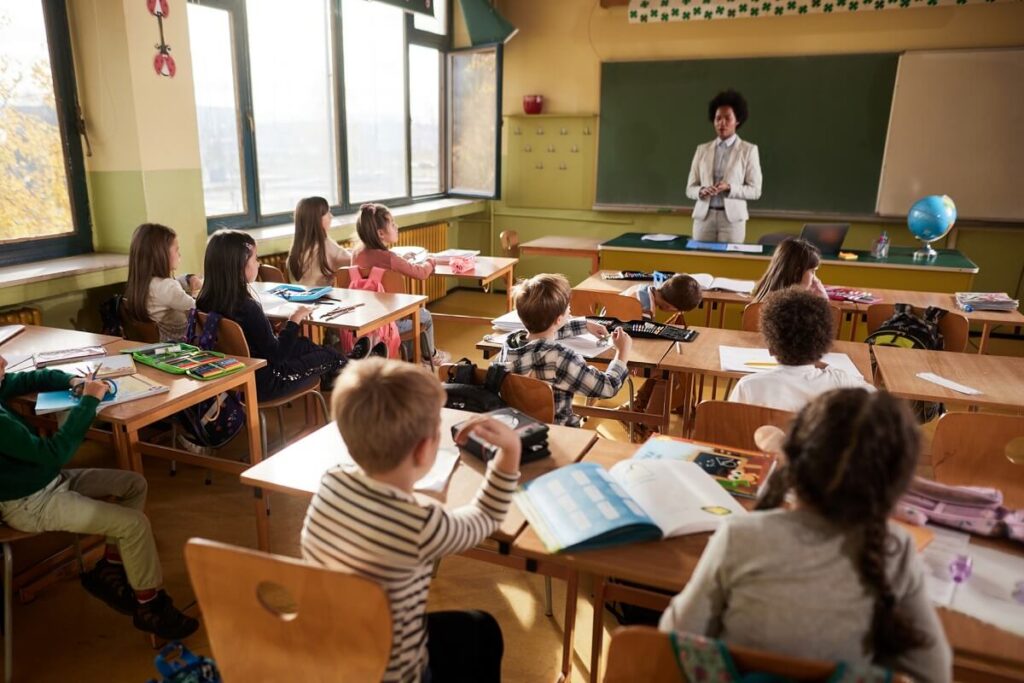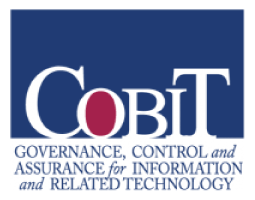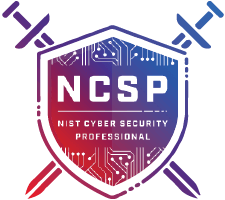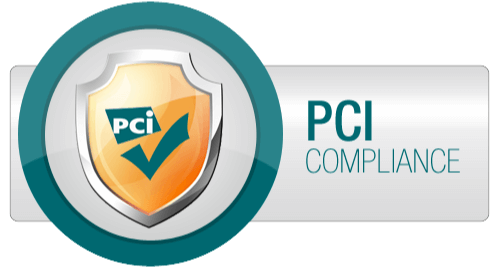There is a mismatch between what educators say and what they do around Social Emotional Learning (SEL) in America. According to the 2017 CASEL report, Ready to Lead, research shows 98% of principals believe that students should be taught social emotional skills, but only 35% had a plan to do so. Of those who were implementing a plan, only 25% were doing so in a way that met high-quality benchmarks. This gap is particularly evident in high schools, where the support for a schoolwide approach to developing social emotional skills and competencies drops to 25%, as compared to 41% in elementary schools.
These trends persist despite research that demonstrates that students who have had exposure to a high quality of social-emotional learning and development improve academically, increase pro-social behaviors and attitudes, and are less likely to experience mental health issues, engage in risky behaviors, or be involved in the criminal justice system. Based on the experiences of the Urban Assembly Network and principals at Urban Assembly schools, here are the top 5 keys to ensure Social Emotional Learning success in your school.
1. Appoint an SEL Instructional Lead
To ensure a long-term impact on students, social emotional learning programs need a person, or people, for whom the quality of implementation is a key component of their responsibilities.
For example, at the Urban Assembly School for Media Studies, Principal Bridgette Muscarella creates time and space for her instructional lead to manage her SEL team. This in turn gives the SEL team the opportunity to focus on:
- The quality of direct instruction
- Integration of social emotional concepts into content areas
- Organization of professional development for staff around social emotional learning standards and concepts
This approach creates accountability for the work and ensures that there is ownership of the school’s stated goals in this area, which are keys to ensure social and emotional learning success.
2. Identify Opportunities for Ongoing Professional Development Around SEL
Creating a feedback loop is among the most powerful drivers of learning for students and adults. If you want your school to impact student social emotional development, professional development time must be dedicated to the topic.
For example, at the Urban Assembly Unison School, Principal Emily Paige has worked to ensure that teachers have the opportunity to plan lessons around SEL and incorporate strategies like cultural relevance into their approach on a monthly basis.
3. Ensure That All Staff Are Equipped to Support Social Emotional Development
High quality Social Emotional Learning transforms the lives of children, and by extension, the schools and communities where they live and learn. Keys to ensure Social and Emotional Learning success is more than a class or an assessment; it’s the process by which every student and adult in school, at home, and in the community develops the skills, attitudes, and values that form the foundation for how individuals relate to others and themselves, how they solve problems, and how they make good decisions. To see the investments of this work pay off, every adult in the school must have the tools to support the social emotional development of their students.
For example, at the Urban Assembly School for Collaborative Healthcare, every staff member in the building, including Principal Candace Hugee, teaches an advisory block where students are directly taught the social emotional skills vital to pursuing a career in healthcare.
4. Explicitly teach Social Emotional skills to your staff and students
In order to transfer learning from the classroom to the real world, students need to know:
- The concept they need to learn (the vocabulary)
- The skill attached to the concept (the behavior or thought process)
- When to use it (context for application)
- If they have enough practice so that they can perform the skill under conditions of stress or emotionality (fluency)
The same is true for social emotional skills. Just as important, students need to see adults they trust modeling these concepts on a consistent basis. This process allows students to integrate the skills into contexts different from those in which they were first learned.
For example, at the Urban Assembly School of Business for Young Women, Principal Patricia Minaya has maintained a space for every freshman girl to learn the social emotional skills foundational to their future success in business. This space allows for the young women in her school to:
- Develop a common vocabulary
- Give feedback to others as they practice their skills
- Develop social awareness
- Recognize and deploy these skills in the workplace and the community
5. Assess What Your Students Are Learning
Learning requires change: a change in mental models, a change in thoughts, or a change in behaviors. Without change there is no learning, and without assessment we cannot identify change. Schools need to prioritize the assessment of student social emotional development.
For example, at the Urban Assembly Academy for Future Leaders, Principal Joseph Gates has created the conditions by which students have an opportunity to:
- Self assess their social emotional development
- Compare that with their teacher’s assessment
- Set goals around Social Emotional Learning that will make them better leaders.
Students track their goals over time so that the change is visible to themselves and their teachers alike.
Like cooking a complex dish or running a marathon, if you feel like transforming the lives of students through high quality social emotional learning should be easy, then you’re probably not doing it correctly. And yet, when we consider the impact on the lives of our students, it’s clear we must make that commitment. And when we see the examples of those who have committed themselves and their schools to this pursuit of high-quality and impactful SEL, we know it can be done. It’s time to do it! How will you get started with the 5 keys to achieve social emotional learning success?
It’s time to do it! How will you get started with the 5 keys to achieve social emotional learning success?
Find out more information on the 5 keys to social and emotional learning success, and what makes RethinkEd the first choice in Social and Emotional Learning.











